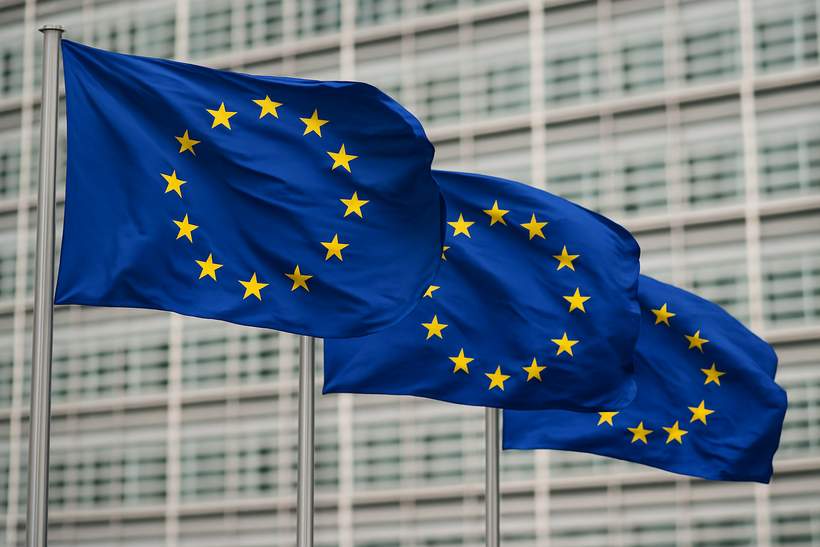Europe Moves Toward a Unified Standard for Identifying Gambling Risks

Europe Advances Toward Unified Safe Gambling Practices
Europe is progressing toward harmonizing safe gambling measures by supporting a draft framework designed to detect risky gambling behaviors. This initiative aims to establish a common approach across the continent to better protect players.
European Committee for Standardisation Endorses Risk Detection Framework
The European Gaming and Betting Association (EGBA) initially proposed this framework in 2022. Recently, the European Committee for Standardisation (CEN) approved the draft, marking a significant step toward developing the first continent-wide standard focused on identifying behavioral risk indicators, also known as “harm markers.” These markers help detect when a player might be susceptible to gambling-related harm.
Following the approval on September 25, the draft will undergo a formal adoption process within CEN, which includes translation into multiple languages and administrative reviews. The finalized standard is anticipated to be published by early 2026. Although it will not be legally binding for regulators and operators, it is expected that many will adopt it as a guideline for safer gambling practices.
The EGBA emphasizes that this framework is intended to assist operators and regulators in recognizing early warning signs, such as sudden increases in gambling activity, unusual changes in betting behavior, or attempts to recuperate significant losses. Establishing a unified definition of these signs aims to reduce discrepancies among national markets across Europe.
Wide Endorsement From Industry and Experts
EGBA Secretary General Maarten Haijer highlighted the vote as a testament to the collaborative efforts within the industry, emphasizing the goal of creating a benchmark that safeguards players throughout Europe. The initiative has garnered broad support from multiple stakeholders.
Vasiliki Panousi, Senior Manager of EU Affairs at EGBA, noted that this framework represents the first Europe-wide consensus on identifying risky gambling behaviors. She acknowledged that the development involved years of collaboration among academic experts, regulatory bodies, industry representatives, and organizations dedicated to harm prevention.
Dr. Maris Catania, a responsible gambling specialist, led the project, with the French standardization body AFNOR coordinating the efforts. Many national committees and experts also contributed significantly to the creation of this comprehensive standard.
EGBA Expects Broad Acceptance and Industry Impact
Industry observers regard this approval as potentially transformative for the European gambling landscape, which is currently fragmented with varying regulatory approaches—from stringent national regulations to more operator-led risk management.
A unified framework could provide regulators with a consistent benchmark while equipping operators with effective tools to identify and address risks proactively.
Although adoption is voluntary, EGBA believes that the benefits of a standardized approach—enhanced player protection and greater consistency across borders—will encourage widespread acceptance. Moreover, the introduction of shared guidelines is anticipated to strengthen regulated markets and reduce the influence of unlicensed operators.
If widely implemented, this new standard could shift the industry focus from reactive interventions to proactive monitoring, thus improving player safety in a dynamic gambling environment.